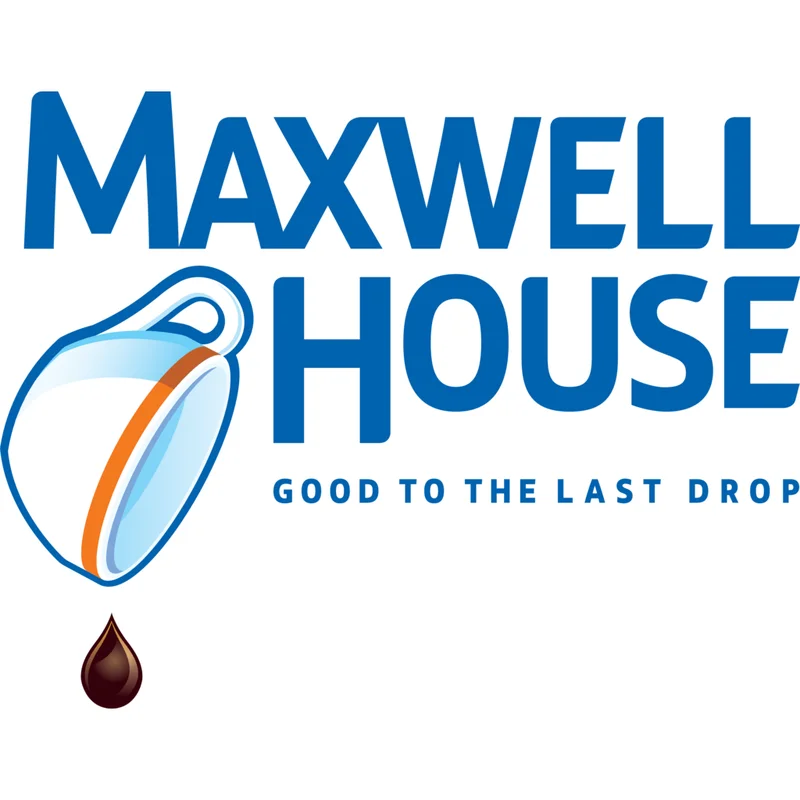For the first time in its 133-year history, the iconic blue canister of Maxwell House coffee is undergoing a name change. Kraft Heinz, the parent company, announced that for a limited time the product will be known as “Maxwell Apartment.” The official rationale is to align the brand with a modern consumer reality: a growing population of renters who prioritize value.
The campaign is built around a specific offer. Timed for National Coffee Day, the company released a “12-month lease” of Maxwell Apartment coffee on Amazon. For a single payment of $39.99, a consumer receives four 27.5-ounce canisters of coffee, a branded “lease” to sign, and a claim that this purchase is “designed to save coffee enthusiasts more than $1,000 annually.”
This is a significant strategic move from a legacy brand operating under a $26 billion consumer goods conglomerate. According to Holly Ramsden, Kraft Heinz’s Head of Coffee for North America, the rebrand is a direct response to economic pressures, celebrating the “smart choices” consumers make. The explicit message is one of fiscal prudence and solidarity with the nearly one-third of Americans who rent their homes. It’s a compelling narrative. And like any compelling narrative presented by a publicly traded company, it warrants a closer look at the underlying numbers.
When the Math is Correct, But the Comparison Isn't
Deconstructing the Value Proposition
Let’s begin with the central claim: the $39.99 “lease” provides a “full year of coffee.” The package contains four canisters, each holding 27.5 ounces of ground coffee, for a total of 110 ounces. A standard measure for a single cup of coffee is approximately 0.5 ounces of grounds. A simple calculation (110 total ounces / 0.5 ounces per cup) yields 220 cups of coffee.
Dividing this by 365 days gives us 0.6 cups per day.

I've analyzed dozens of CPG (Consumer Packaged Goods) promotions, and the definition of a "year's supply" is always the most elastic variable. For the two-thirds of American adults who drink coffee daily, according to the National Coffee Association, 0.6 cups per day does not constitute a sustainable supply, unless one’s daily ritual is unusually modest. For a household with two daily coffee drinkers, the supply would be exhausted in under four months. The term “year-long” appears to be more of a thematic marketing hook tied to the apartment “lease” concept than a reflection of actual consumption volume.
The second, and more significant, pillar of the campaign is the promised savings of “more than $1,000 annually.” This figure is derived from a comparison against “daily café runs,” which the press release, citing external data, suggests can cost more than $90 per month. Multiplied by 12 months, this amounts to $1,080. The logic is that by spending $39.99 on Maxwell Apartment coffee, one avoids spending $1,080 at a café.
This is where my analysis diverges from the marketing copy. This is a methodological critique. The comparison creates a statistical illusion by presenting two mutually exclusive consumer profiles as interchangeable. The consumer who consistently buys daily coffee from a café is, by definition, not the primary market for bulk-purchased, value-oriented ground coffee. Conversely, the budget-conscious shopper who already buys canisters of Folgers or a store-brand equivalent (the actual competitor for Maxwell House) was never going to spend $1,000 a year at a coffee shop in the first place.
The comparison is invalid. It’s like a car dealership claiming you’ll save $1 million by buying a Toyota Camry instead of a Bugatti. While mathematically true, it’s a meaningless comparison because the two products do not compete for the same consumer dollar.
A more accurate analysis would compare the Maxwell Apartment offer to its direct competitors. At a major retailer like Walmart, a 30.6-ounce canister of its own Great Value brand coffee costs about $8. The Maxwell Apartment deal offers 110 ounces for $39.99, which is a price of roughly $0.36 per ounce. The Great Value brand comes in at about $0.26 per ounce. In this more realistic comparison, the Maxwell Apartment deal is not a source of savings; it’s a premium. Even compared to its own standard pricing, the promotional discount is marginal. The actual savings are minimal, maybe a few percentage points off the non-sale price—to be more exact, the value is almost entirely in the marketing, not the math.
This discrepancy suggests the rebrand’s primary objective is not direct value delivery. The name change from “House” to “Apartment” is a clever, headline-grabbing maneuver (parenthetical clarification: and it clearly worked, generating dozens of articles). It’s engineered for social media virality and brand relevance, tapping into a real economic anxiety—the high cost of housing and living—to create an emotional connection. The campaign directs consumers to follow the brand on Instagram and TikTok, confirming its focus on digital engagement. The true product being sold here isn't coffee; it's a shareable story. The return on investment for Kraft Heinz is measured not in the profit margin on a $39.99 sale, but in the millions of dollars of earned media value generated by a low-cost packaging change.
An Exercise in Denominator Neglect
The Maxwell Apartment rebrand is a masterclass in modern marketing, but a poor example of consumer value. The entire proposition rests on a flawed denominator: comparing a budget product to a premium daily habit that its target customer does not have. The math is technically correct but contextually deceptive. It’s not a program to save renters money. It’s a highly effective, low-cost campaign to purchase cultural relevance and media attention, paid for with the currency of a statistically unsound comparison. The numbers don't show a brand helping consumers; they show a corporation executing a successful arbitrage on the financial anxieties of its target demographic.
Reference article source:









